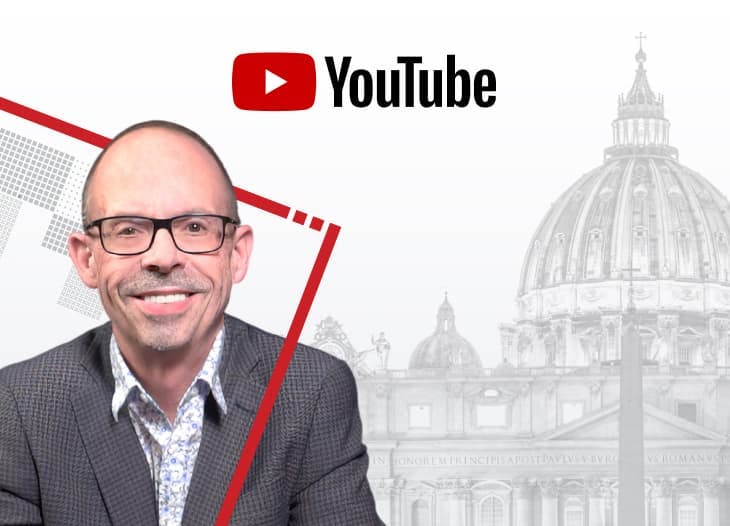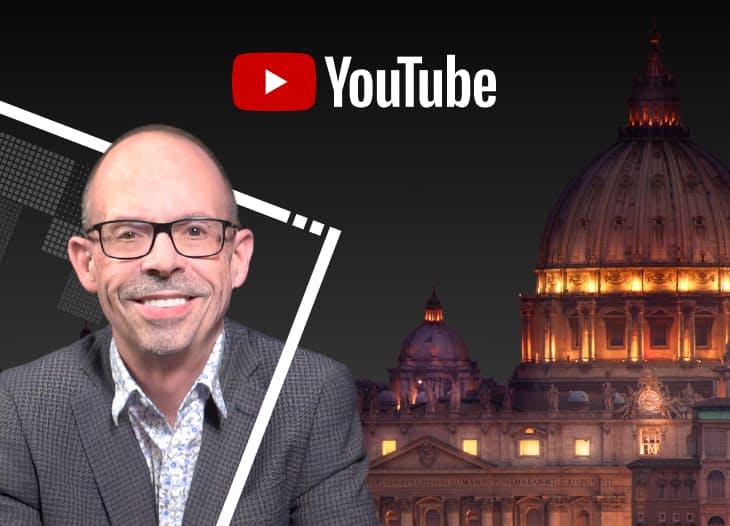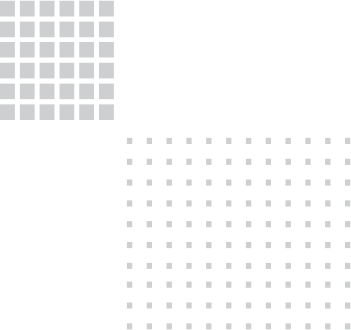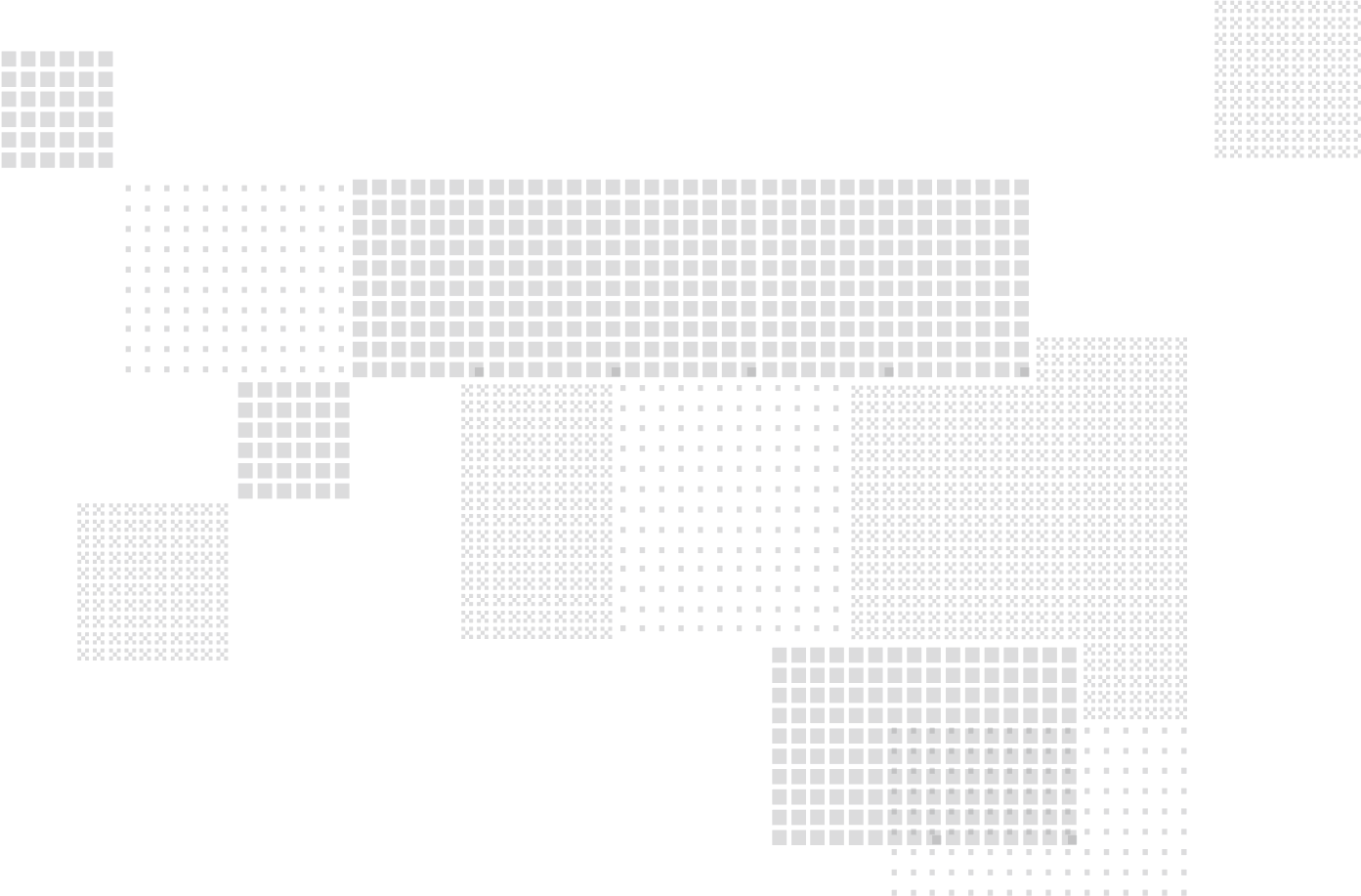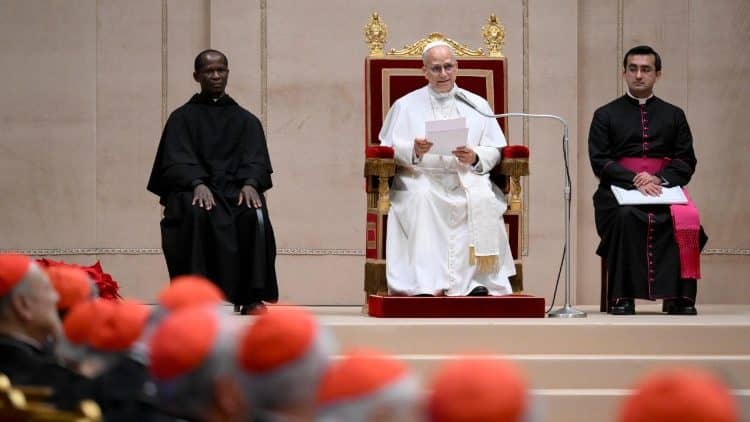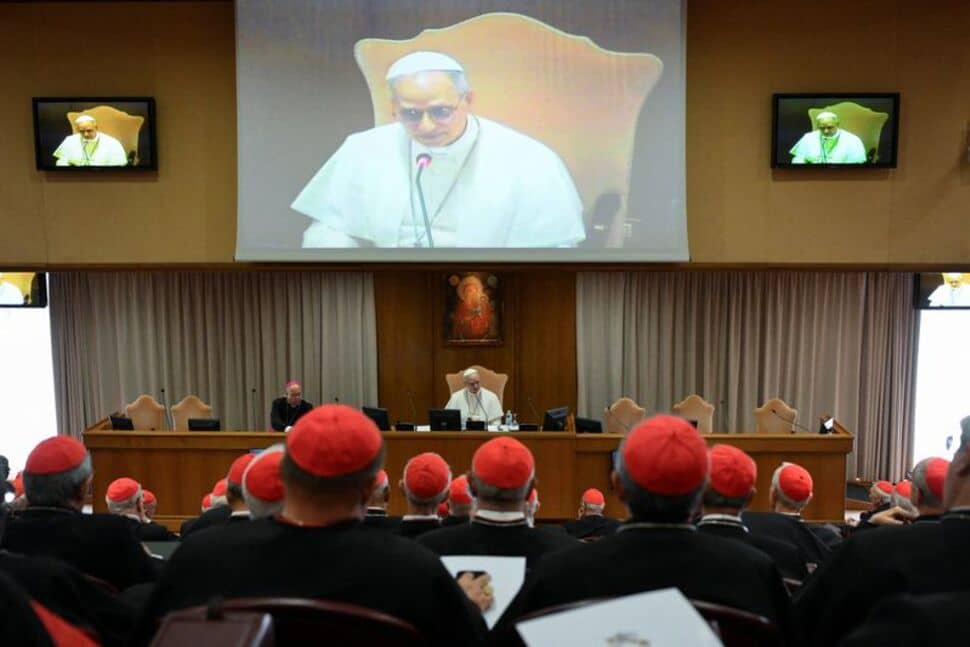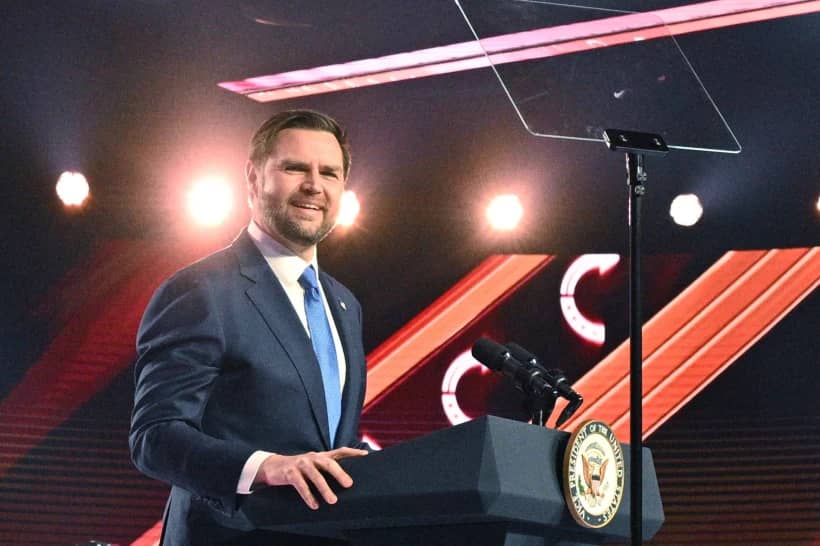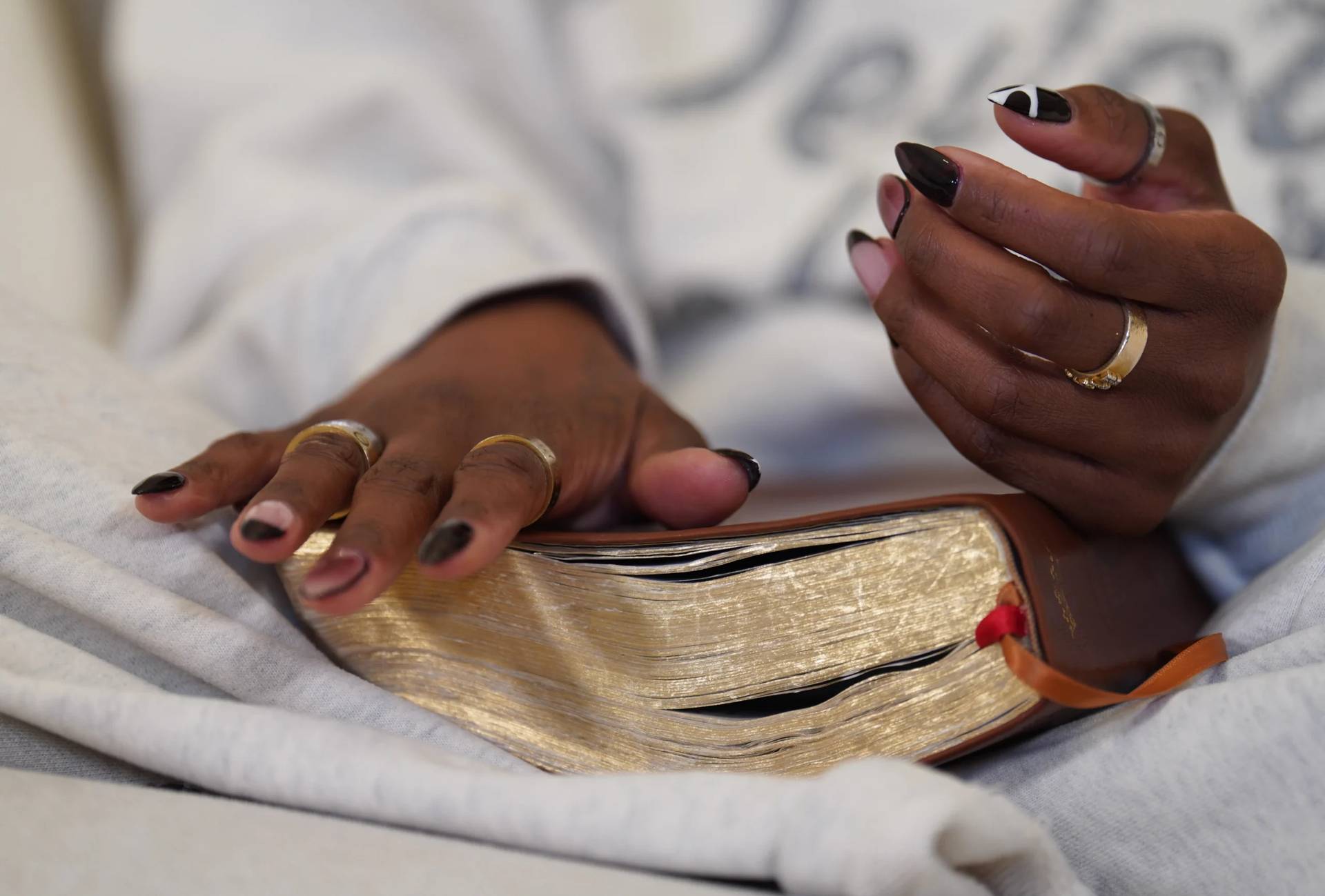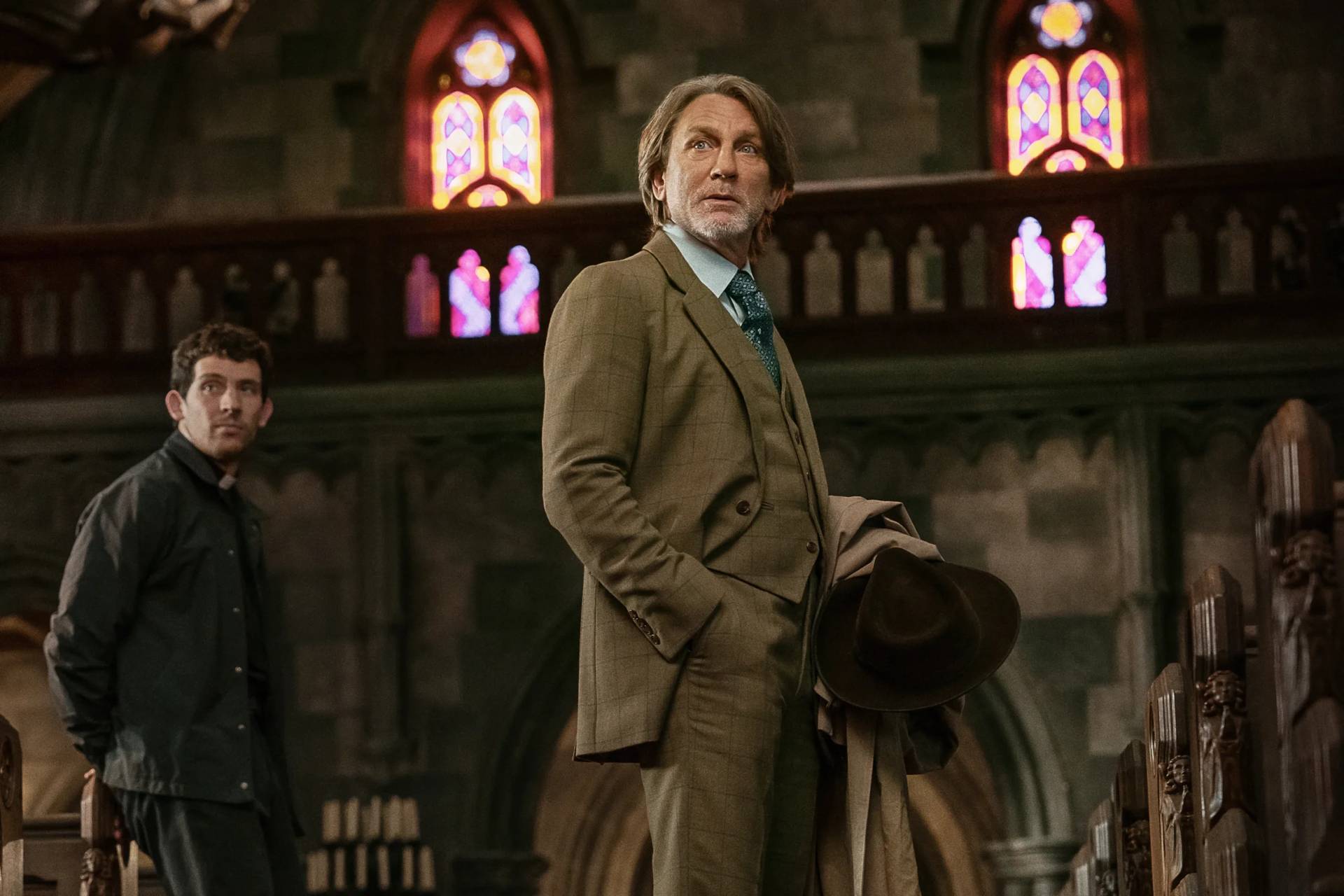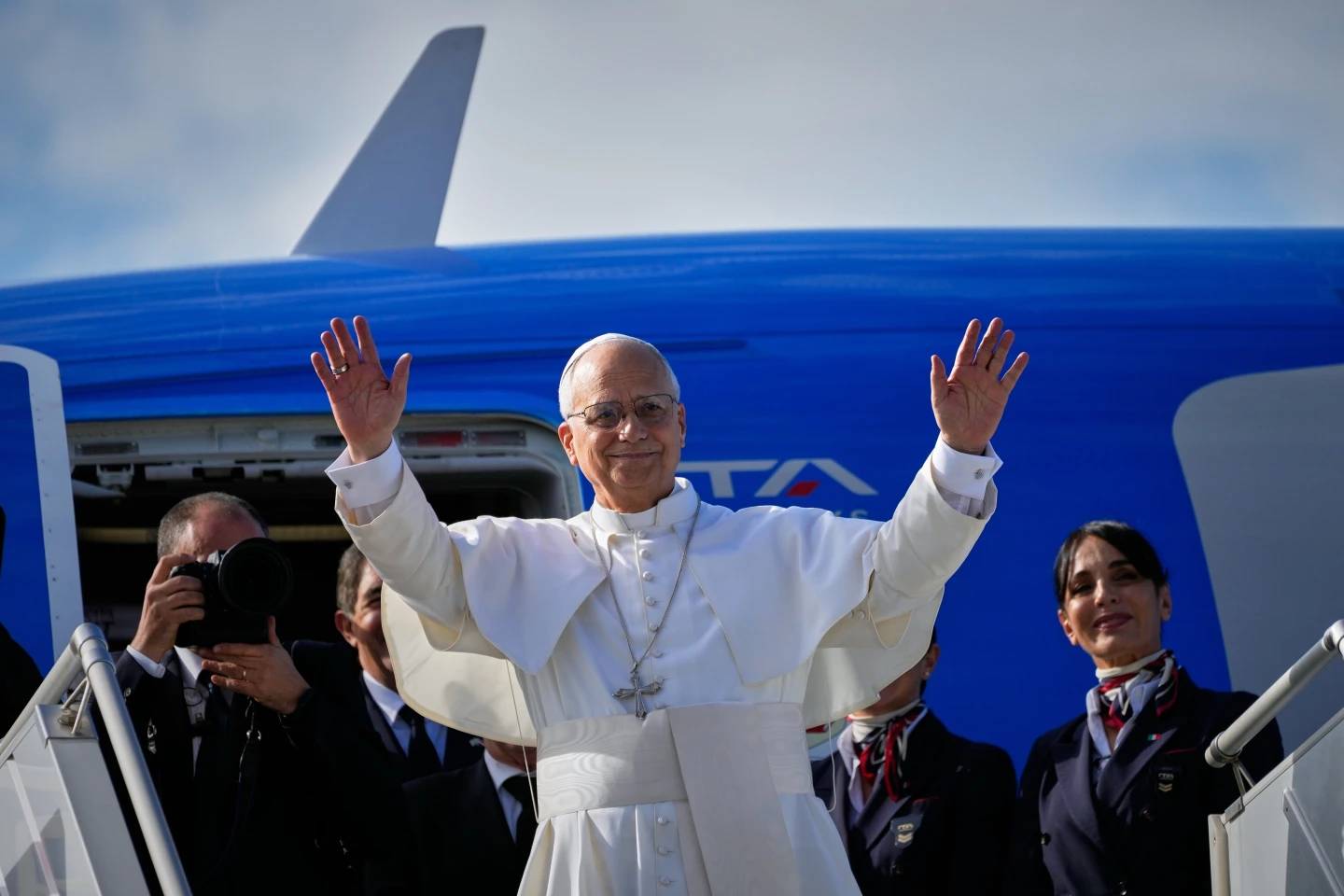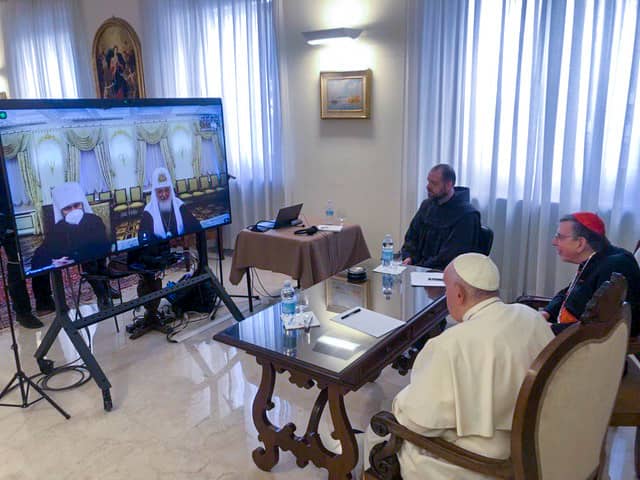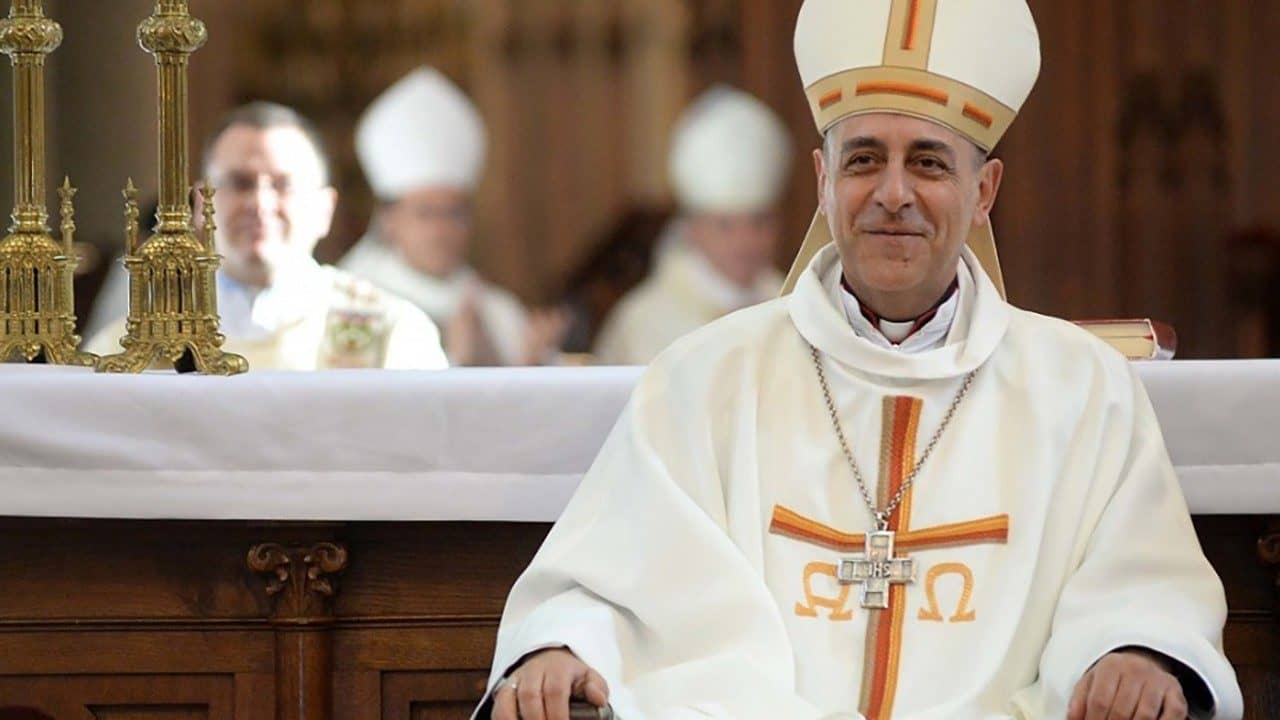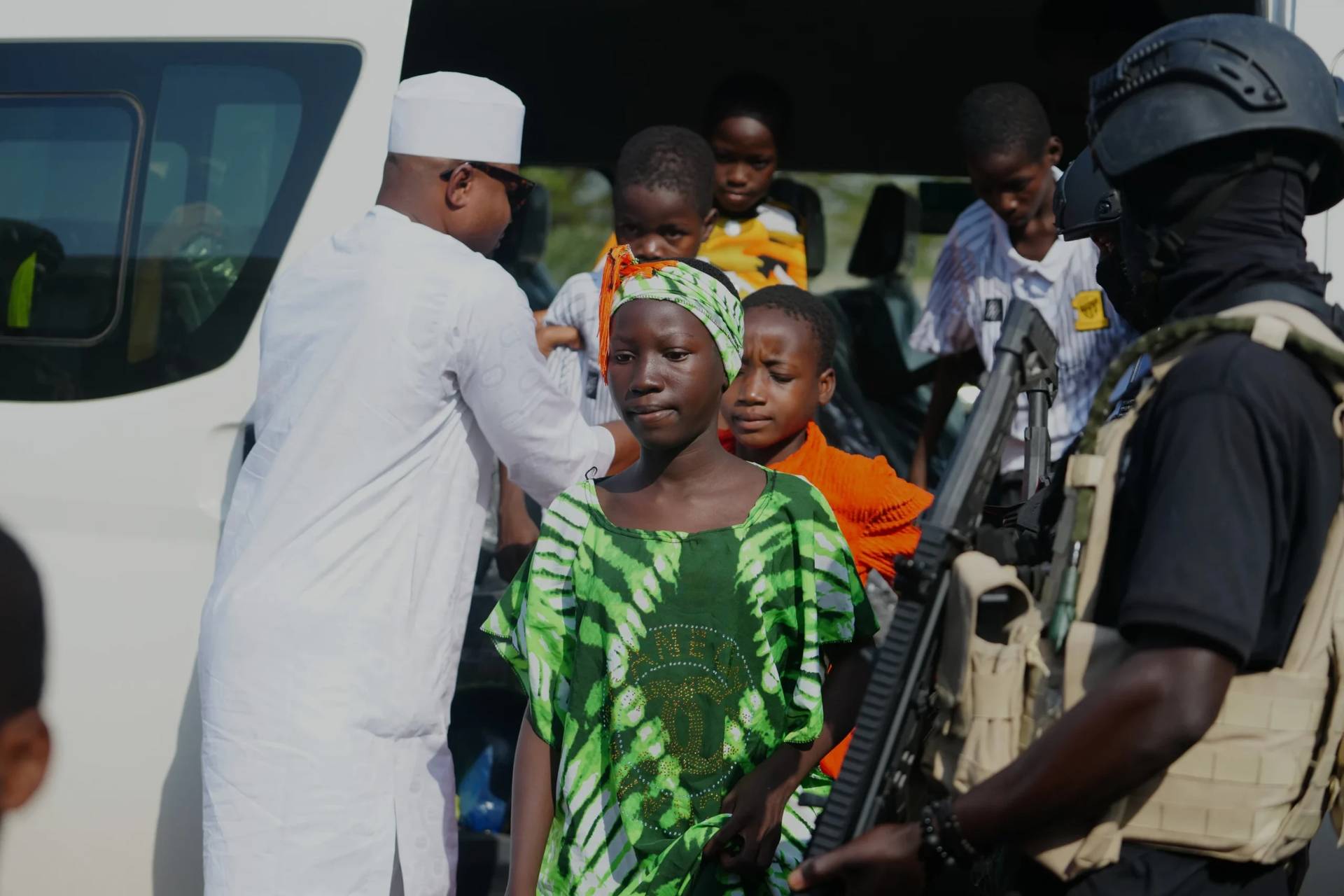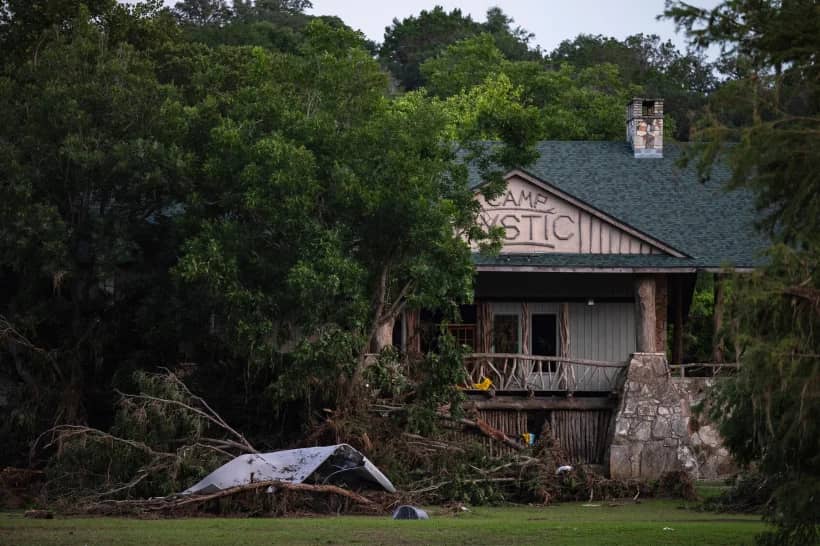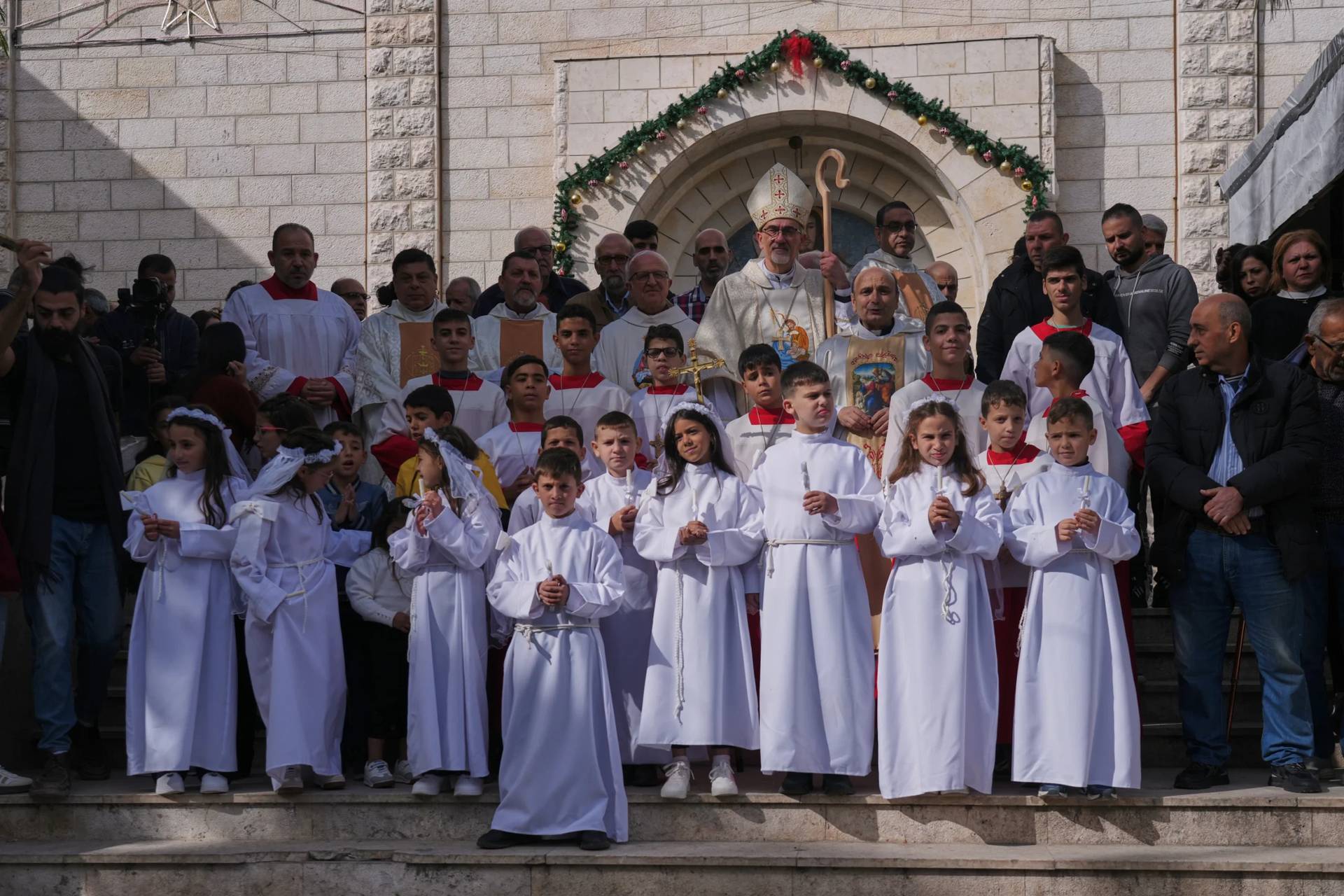ROME – A Synod of Bishops is often described as the “Congress of the Catholic Church,” with the College of Cardinals being the Catholic Senate. Both comparisons are terribly inexact, beginning with the fact that neither Catholic body holds any real power because it’s all in the hands of the pope.
Yet there are certainly parallels, beginning with the fact that a synod, like the House of Representatives, has some procedural quirks that can shape outcomes. One is the sequence in which elections inside the synod are held.
In its first formal act after convening last Wednesday, the synod elected members to an “Information Commission,” responsible for deciding what information the body releases to the public and how it’s presented. The elections are conducted by what the Vatican considers continents, meaning America, Africa, Asia, Europe and Oceania. Members from those regions vote for representatives from their region, and not for others.
The Information Commission is led by Paolo Ruffini, the Italian layman who heads the Vatican’s Secretariat for Communications, and also features Jesuit Father Antonio Spadaro, one of the pope’s closest advisors and allies.
Arguably, this commission isn’t terribly significant in the big-picture scheme of things – most of the important decisions about communications strategy are made before the bishops ever assemble, and their work doesn’t have any direct impact on the content of synod debates or its conclusions.
Yet because it comes first, often it’s an important test of where the synod stands and who’s perceived as a natural leader. In that sense, its results have outsized symbolic meaning.
- Canadian Cardinal Gérald Lacroix
- South African Cardinal Wilfrid Fox Napier (who took the place of Guinean Cardinal Robert Sarah, Prefect of the Vatican’s Congregation for Divine Worship, who was elected but declined for “personal reasons”)
- Austrian Cardinal Christoph Schönborn
- Filipino Cardinal Luis Antonio Tagle
- Australian Cardinal Anthony Fisher
Every one of those names is a heavy-hitter, and at least two (Schönborn and Tagle) have been mentioned at various points as possible candidates for the papacy itself. When and if Fisher gets a red hat, you’d probably have to add his name to that select list.
Looking at the results, one would have to say it’s a fairly ideologically mixed bunch. Tagle and Schönborn would strike some as more on the progressive side, at least if one uses the dominant issue in the last couple of synods as the measure, which was Communion for divorced and civilly remarried Catholics.
Lacroix comes across basically as a moderate, and, depending on the issue and what one means by the term, Napier and Fisher strike many observers as more conservative. That’s especially true of Napier applying the same measure of the previous synods, when he was seen as part of African resistance to a German-led progressive bloc.
In other words, no matter where a given bishop may stand on issues in the Church, it’s hard to say that no one on the Information Commission represents them.
Flash forward to Tuesday evening in the synod, when balloting took place for the drafting group for the final document. By almost any measure, it’s a more consequential gig, but by that stage some of the big-ticket names were no longer available.
The results of that election were the following five selections:
- Cardinal Carlos Aguiar Retes, Archbishop of Mexico City, a papal delegate to the synod
- Cardinal Peter Turkson of Ghana, Prefect of the Vatican dicastery for Integral Human Development
- Cardinal Oswald Gracias, Archbishop of Mumbai and a member of the pope’s “C9” advisory council
- Archbishop Bruno Forte of Chieti, Italy, also a member of the synod’s organizing council
- Archbishop Peter Comensoli of Melbourne, also a papal delegate
To the five elected members of the group five others were added, two of whom sit on it ex ufficio and three others are direct papal appointments:
- Italian Cardinal Lorenzo Baldisseri, secretary general of the Synod of Bishops
- Cardinal Sérgio da Rocha of Brasilia, general relator
- Brazilian Father Alexandre Awi Mello, secretary for the Vatican’s dicastery for Laity, Family and Life
- Archbishop Sviatoslav Shevchuk, head of the Ukrainian Greek Catholic Church
- Father Eduardo Gonzalo Redondo, head of vocations ministry in Cuba
Scanning that list, the striking thing is that most members of the drafting committee would be seen as papal allies, arguably with less ideological diversity than the Information Commission.
Two notes, however, are immediately in order.
First, Sarah finished second among the Africans for the drafting committee, and might well have won if some bishops weren’t afraid that he’d just decline that result too.
Second, in terms of the direct papal appointments, Francis clearly could have raised the ideological stakes to a much greater degree if he’d wanted. There’s no Cardinal Blase Cupich, for instance, no Cardinal Oscare Rodriguez Maradiaga, no Cardinal Reinhard Marx, on the line-up.
In any event, ideological contrasts may not mean very much at this synod, since virtually everyone reports after the first few days that in contrast to the summits of 2014 and 2015, this one is basically tension-free.
A synod participant who would conventionally be seen as a bit more conservative told Crux Tuesday that he could easily adhere to at least 80 percent of what he’s heard so far, and many participants report a relaxed, amicable vibe.
One thing that can be said with certainty is that Pope Francis largely has the kind of churchmen on the drafting commission he wants, which means that perhaps even more than his first two bites at the apple, this is “his” synod – his people, his rules (confirmed just before the summit opened), and his approach.
As a result, if this synod is seen as a success, the pope unquestionably will deserve the lion’s share of the credit. If it’s not, there’s really no “opposition” this time to blame.

